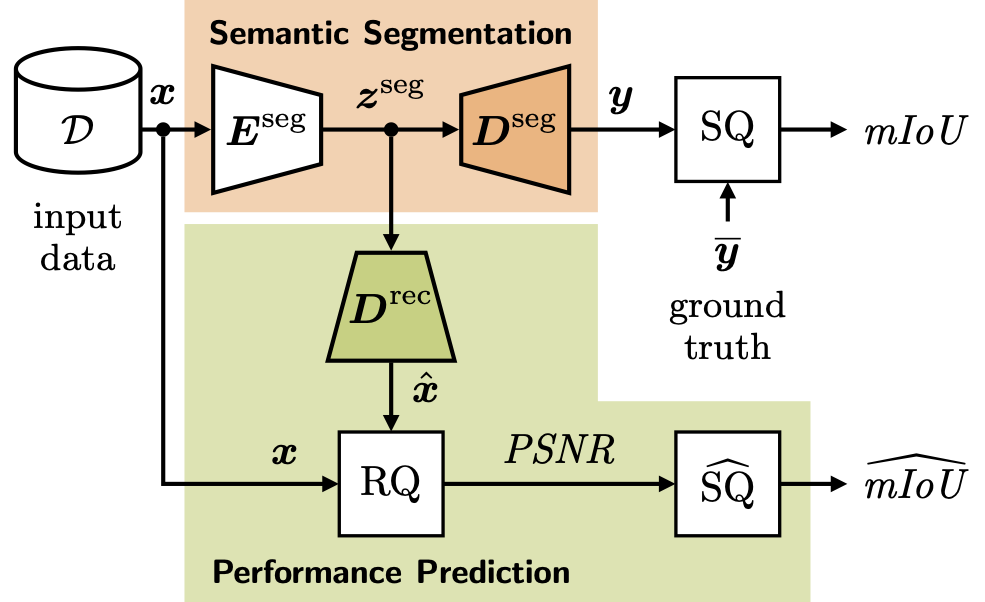Daniel Kusuma
I am a master student at RWTH Aachen in electrical engineering, pursuing deep interest and curiosity in deep learning. Currently I'm working as a student researcher at Chair of Machine Learning and Reasoning i6 in the research group Learning on Graphs.
Initial
My interest in the field rose when I was active as a working student in the automobile industry, specifically at IAV, for over few years. During that time I had the opportunity to work in a engaging team, where I learned a lot about the on-board diagnostic systems on vehicles by analysing the measurement data picked up by all kinds of sensors. My task in the team was to maintain the codebase that automises the evaluation and the analysis depending on the requirements and to further develop the functions for visualisation.Sometime during the pandemic I was assigned to help another team in setting up a pipeline to perform an abration analysis of water and oil pumps using measurement data, such as vibration, temperature, bear rings, etc. That was where I got to dive deep into the tool used for the project that centers around Python and its dependencies such as Numpy, SciPy, and Numpy. At the end of the initial project we made use of Scikit-learn for building a regression model. Since then I've been fascinated with the topics and trying to facilitise my curiosity in the following projects at the campus.
Learning curve
During and after my bachelor thesis I was working with Andreas Bär under the supervision of Prof. Dr-Ing. Tim Fingscheidt in the Signal Processing and Machine Learning. In my bachelor thesis I investigated the possibility of extending the pre-built framework to predict the performance of semantic segmentation. To be precise, I tried to extend the framework to object detection. The model behind the framework consists of the segmentation model of encoder-decoder structure and an additional decoder that reconstructs the input. In short, the model should makes use of the quality of the reconstructed image to predict using regression the quality of the produced segmentation map. The challenge lies upon the fact that a typical object detection produces, I assume, different kind of representation from a typical semantic segmentation. According to our observation a different approach from the vanilla ones is needed to accomplish this function transfer. Instead, I decided to make an extension in the domain semantic segmentation, where I investigated the use of other metrics to evaluate the image quality, i.e. instead of the classical peak-to-signal noise ratio I applied the structural similarity metrics such as SSIM and MS-SSIM which produces a better performance prediction accuracy. By incorporating the structural similarity loss in the optimization not only the correlation of both tasks but also the prediction error can be improved.Upon completing my bachelor thesis in parallel I was helping Andreas on few projects such as exploring the ensemble models of object detection module and semantic segmentation.
Following that we were preparing for a submission on the Workshop on Autonomous Driving CVPR 2023. In our paper we improve the framework that predicts the performance of semantic segmentation models. Specifically, we firstly made improvements by performing architectural changes in the model, more efficient optimization methods. By applying a combination of these two the prediction error and the correlation are improved.
Secondly, we laid a foundation of which range the framework extendable is, since in the first paper only one particular backbone, which is ResNet-18, was investigated. However, due to the developments in computing capability bigger and more complex architectures are becoming ubiquitous. We studied the extendability on deeper models, from ResNet-50, ConvNeXt to Transformer-based architecture such as Swin Transformer. Furthermore, we also studied the extendability on other segmentation head such as the state-of-the-art architecture DeepLabV3+. Our paper was accepted and we hope to contribute on making artificial intelligence safer.
News
- September 2024: Our paper Towards Principled Graph Transformers is accepted for NeurIPS 2024.
- April 2023: Our paper PerfPredRecV2 is accepted for WACV CVPR 2023.
- June 2023: Our paper PerfPredRecV2 is published for WACV CVPR 2023.
Selected Publications
Towards Principled Graph Transformer Luis Müller, Daniel Kusuma*, Christopher Morris NeurIPS, 2024. Paper Source Code BibTex
 Improvements to Image Reconstruction-Based Performance Prediction for Semantic Segmentation in Highly Automated Driving Andreas Bär, Daniel Kusuma*, Tim Fingscheidt arXiv, 2023. Paper Source Code BibTex
Improvements to Image Reconstruction-Based Performance Prediction for Semantic Segmentation in Highly Automated Driving Andreas Bär, Daniel Kusuma*, Tim Fingscheidt arXiv, 2023. Paper Source Code BibTex
@InProceedings{Baer2023,
author = {Andreas Bär and Daniel Kusuma and Tim Fingscheidt},
booktitle = {Proc. of CVPR - Workshops},
title = {{Improvements to Image Reconstruction-Based Performance Prediction for Semantic Segmentation in Highly Automated Driving}},
year = {2023},
address = {Vancouver, BC, Canada}
month = jun,
pages = {219--229},
}